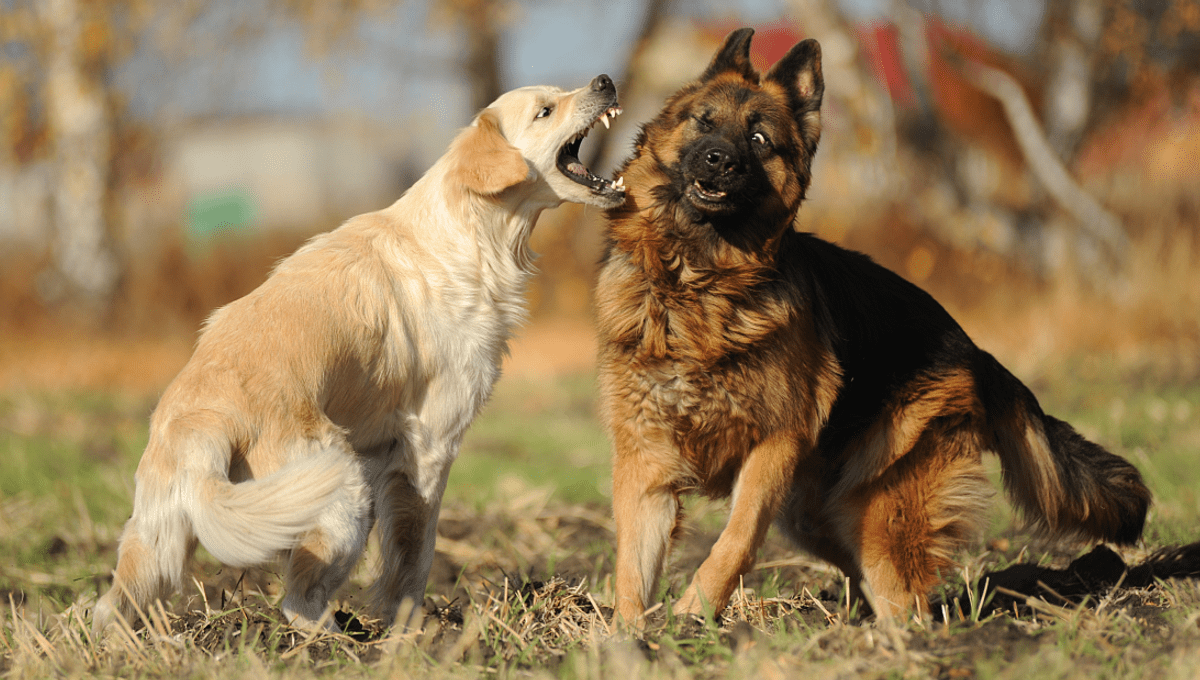
Being an empath has become a badge of honor for people who feel they are highly attuned to the emotions of those around them. However, new research has found that while we’re pretty good at identifying playfulness in people and animals, we’re actually quite bad at spotting aggression. Particularly in dogs.
Humans are receptive animals, capable of detecting microexpressions in the faces of those around us to assess their mood. It’s an adaptive skill that helps us to work out how best to react in a given situation, with aggression being a particularly important one to pick up on if you’re going to get away safely.
A new study put our skills to the test in showing 92 adults a clip show of non-verbal interactions between either two human children, two domestic dogs, or two Barbary macaques (Macaca sylvanus). The participants got to see the posture and facial expressions of the stars of the interaction but the video cut off just before it initiated.
The participants were then split 50/50 to either select a most likely outcome of the interaction from three options, or categorize it as either neutral, playful, or aggressive. The results showed that they were better than expected at identifying neutral and playful interactions, correctly identifying the latter around 70 percent of the time.
The participants’ skills, however, fell down when it came to aggression, particularly in the dog and human video categories. Dogs was the least well identified, an outcome which the researchers suggest might have something to do with humans’ bias to see dog interactions positively because of the sentimentality attached to them as pets (we love them so much in fact that experts are advising we start taking the death of a pet into account during grief counseling).
Interestingly, the study comes out the same day that different research claimed humans are able to tell if an animal is disgruntled or happy just by listening to them. Evidently, there are more senses at play when assessing an animal’s behavior than sight alone, but it’s a worthy warning for new owners to read up on aggression indicators if they want to avoid biting incidents.
“It is important to be able to make predictions about others’ future actions in order to react optimally,” concluded the authors in a statement. “Humans are quite good at categorizing and predicting social situations with other humans, dogs, and monkeys, but it depends on the context. Surprisingly, humans underestimate aggression in dogs.”
Maybe Lassie really had it in for those kids all along.
The study was published in PLOS ONE.
Source Link: Turns Out We're Rubbish At Detecting Aggressive Interactions In Dogs